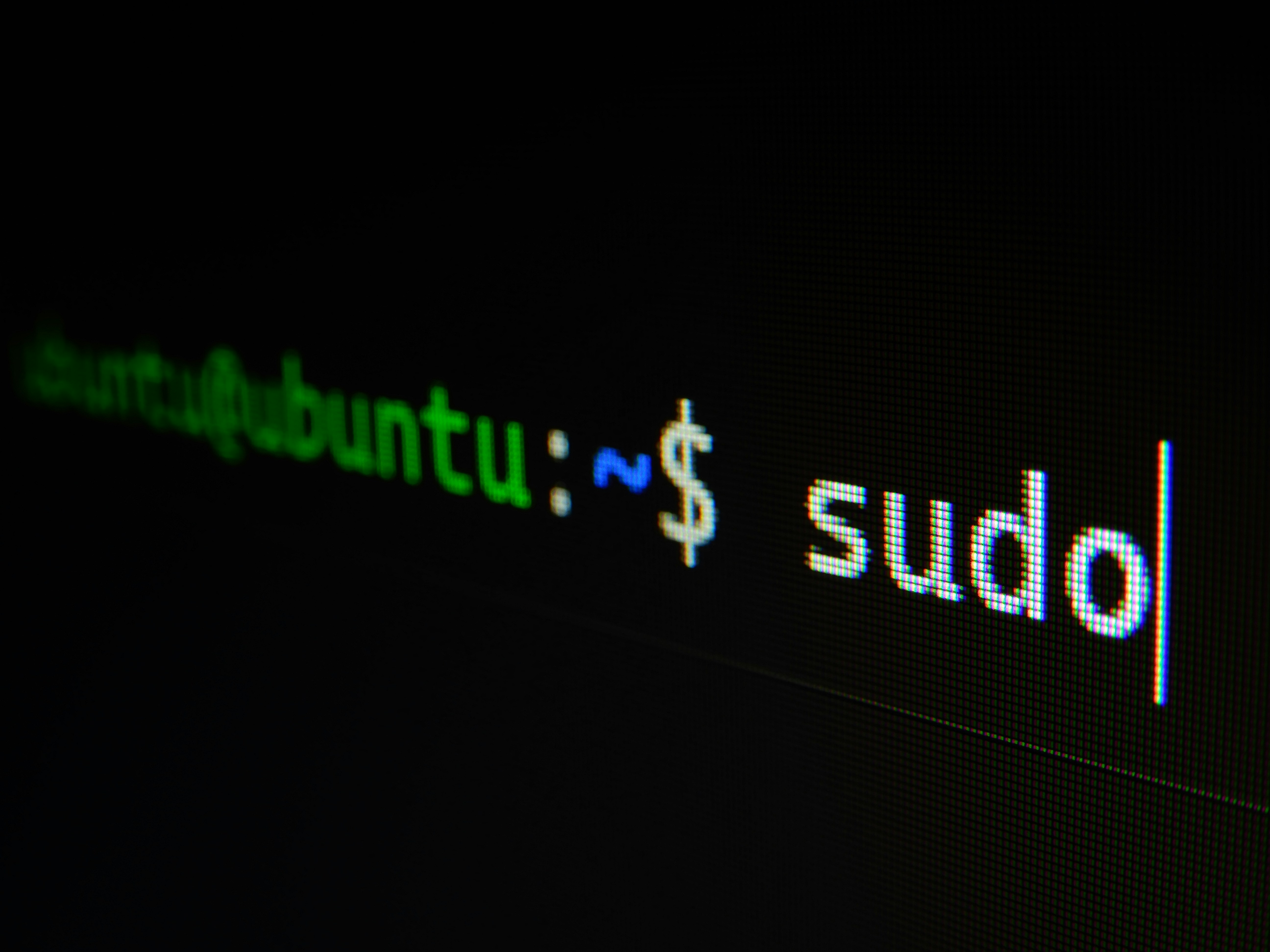
Tmux Keybindings
April 05, 2024Tmux commands typically start with a “prefix key”, which is Ctrl-b by default, followed by a command key. Here are some commonly used tmux keybindings:
Creating and Managing Windows and Panes:
Ctrl-b c: Creates a new window within tmux.Ctrl-b ,: Rename the current window; useful for keeping track of multiple windows.Ctrl-b %: Splits the current pane vertically into two panes.Ctrl-b ": Splits the current pane horizontally.Ctrl-b o: Cycles through panes within the current window.Ctrl-b x: Closes the current pane.
Navigating Between Windows:
Ctrl-b n: Moves to the next window.Ctrl-b p: Moves to the previous window.Ctrl-b [0-9]: Switches to a window by its index number.
Detaching and Re-attaching:
Ctrl-b d: Detaches the current session (leaving it running in the background).- Reattach to a session with
tmux attach-session -t [session name].
Scrolling and Copy Mode:
Ctrl-b [: Enters the copy mode, which allows for scrolling and copying text. You can navigate using the arrow keys or vim-like keys (j, k, h, l).
Tmux Configuration File
Changing the Prefix Key:
unbind C-b: Removes the default binding forCtrl-b.set-option -g prefix C-a: Changes the prefix toCtrl-a.
Improving Pane Navigation:
bind-key -n C-h select-pane -L: Move to the left pane usingCtrl-h.bind-key -n C-j select-pane -D: Move to the bottom pane usingCtrl-j.bind-key -n C-k select-pane -U: Move to the top pane usingCtrl-k.bind-key -n C-l select-pane -R: Move to the right pane usingCtrl-l.
Automatically Renaming Windows:
set-option -g automatic-rename on: Automatically renames windows to reflect the current application in use.
After editing ~/.tmux.conf, you can apply the changes by either restarting tmux or by executing tmux source-file ~/.tmux.conf within a tmux session.